Can Blockchain Be Hacked? Understanding the Security Risks and Solutions
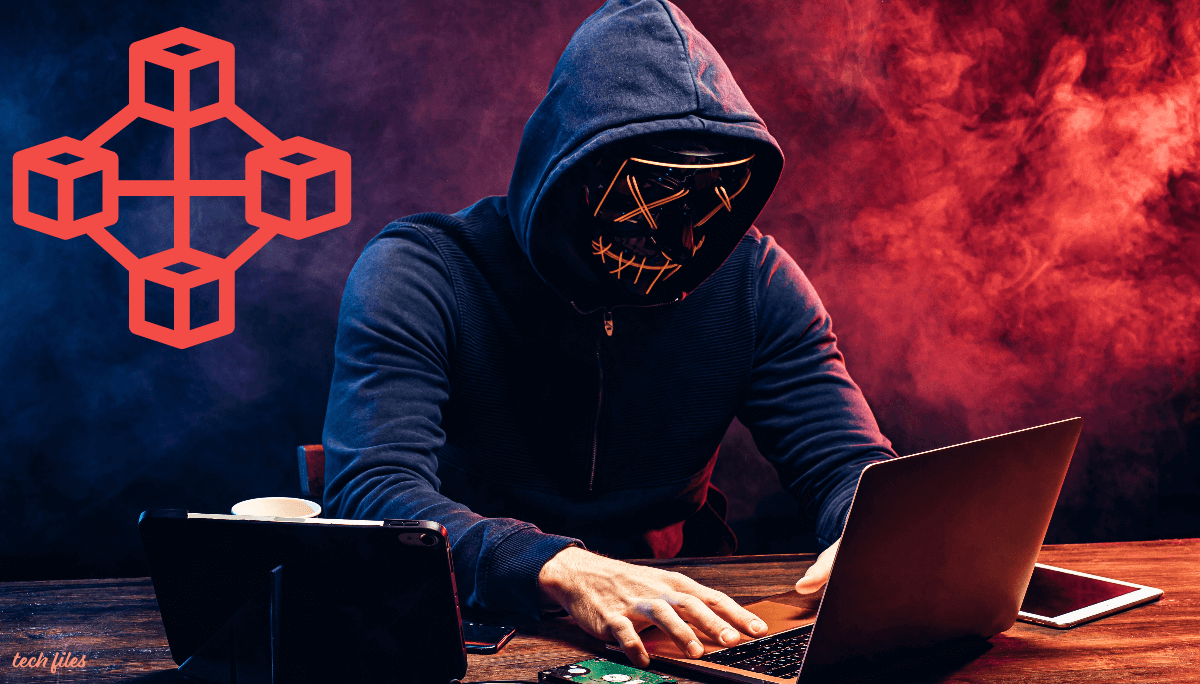
Blockchain technology has gained significant attention and popularity due to its decentralized nature and potential to revolutionize various industries. However, like any emerging technology, it is not without its vulnerabilities. In this article, we will explore the security risks associated with blockchain and discuss potential solutions to ensure the integrity and reliability of blockchain networks.
Understanding Blockchain Vulnerabilities
One of the primary concerns revolves around the consensus algorithm used in blockchain networks. Most blockchains rely on the proof-of-work algorithm, which requires significant computational power to solve complex mathematical puzzles. This reliance on computational power makes blockchains susceptible to 51% attacks, where a malicious actor gains control of the majority of the network’s computational power and can manipulate the blockchain’s transactions. This vulnerability compromises the decentralization and immutability that blockchain technology strives to achieve.
Another vulnerability in blockchain networks centers around smart contracts. While they are designed to automatically execute predefined actions based on predetermined conditions, they can be exploited by hackers. The underlying vulnerability lies in the code of the smart contract. Any flaws or loopholes present in the code can be leveraged by attackers to execute malicious actions or gain unauthorized access to funds. These vulnerabilities can lead to financial losses, as seen in various high-profile attacks on cryptocurrencies and decentralized applications (dApps) built on blockchain technology.
Cryptocurrency Attacks: A Threat to Blockchain Security
Cryptocurrency attacks are becoming increasingly prevalent as more individuals and businesses embrace digital currencies. These attacks can manifest in various forms, including hacking, phishing, and ransomware. One common type of attack is known as a “51% attack,” where a malicious actor gains control of the majority of the blockchain network’s mining power. This enables them to manipulate transactions, double-spend coins, or even halt the entire network’s functionality. Such attacks pose a significant threat to the integrity and stability of cryptocurrencies, as they undermine the trust and decentralized nature of blockchain technology.
In addition to 51% attacks, another type of cryptocurrency attack involves targeting individual users through their digital wallets. Cybercriminals employ various techniques such as malware, social engineering, and fraud to gain unauthorized access to wallets and steal funds. Once acquired, these stolen cryptocurrencies are often difficult to trace and recover, contributing to the attractiveness of such attacks. Cryptocurrency holders must remain vigilant and adopt robust security measures, such as using hardware wallets and implementing multi-factor authentication, to protect their digital assets from theft and unauthorized access.
Smart Contract Exploits: A Vulnerability in Blockchain Networks
Smart contract exploits pose a significant threat to the security of blockchain technology. These exploits occur when the code of a smart contract is manipulated or abused to gain unauthorized access or control over the blockchain network. One common smart contract exploit is known as a reentrancy attack, where an attacker exploits the recursive nature of smart contract function calls to repeatedly execute a malicious code, draining funds or causing disruptions within the system.
Another type of smart contract exploit is the time-based attack, where an attacker takes advantage of the time delay between the initiation and execution of a smart contract function. By manipulating the timing of the function execution, the attacker can potentially alter the intended outcome of the contract, leading to financial losses or other detrimental consequences.
Addressing these vulnerabilities and strengthening the security of smart contracts is crucial to protect the integrity and reliability of blockchain networks. Developers and blockchain platforms must constantly monitor and update their smart contract code to prevent and mitigate these exploits. By conducting rigorous audits, stress testing, and implementing secure programming practices, the risks associated with smart contract exploits can be significantly reduced, ensuring a safer and more secure blockchain ecosystem.
Security Risks in Blockchain Technology
Blockchain technology has revolutionized various industries by providing transparency, immutability, and decentralization. However, like any other technological innovation, it is not without its security risks. One potential vulnerability is the 51% attack, where one entity controls the majority of the network’s computing power and can manipulate transactions. This attack is a concern as it undermines the fundamental principles of decentralization, trust, and security that blockchain aims to provide.
Another security risk lies in the smart contracts deployed on the blockchain. While smart contracts are designed to automate and execute agreements without intermediaries, they can be exploited if not adequately secured. Bugs or vulnerabilities in the smart contract’s code can lead to financial losses or malicious actions. In several instances, attackers have successfully exploited such vulnerabilities, resulting in the theft of millions of dollars in various cryptocurrencies. Therefore, it becomes crucial to conduct thorough code audits and implement robust security measures to protect against potential smart contract exploits.
Weaknesses in Blockchain Networks
Blockchain networks are known for their decentralized nature, providing enhanced security and transparency to users. However, they are not without their weaknesses. One significant vulnerability is the 51% attack, where a malicious entity gains control of the majority of the network’s computing power. By doing so, they can manipulate transactions, double-spend coins, or even halt the entire blockchain’s operations. This type of attack poses a considerable threat to the integrity and trustworthiness of blockchain networks, as it undermines the fundamental principles on which they are built.
Another weakness in blockchain networks lies in their reliance on private keys for authentication and access control. If an individual’s private key is compromised, either through theft or loss, unauthorized access to their digital assets becomes a pressing concern. Unlike traditional centralized systems where a user can reset a forgotten password, there is no such option in blockchain. Once access to a private key is lost, the associated digital assets effectively become inaccessible, resulting in irrevocable loss. This vulnerability highlights the importance of secure private key management and the need for users to exercise extreme caution in safeguarding their keys to protect against potential breaches.
Potential Breaches in Blockchain Systems
Blockchain technology has undoubtedly revolutionized various industries, providing transparency, immutability, and decentralization. However, the potential for breaches in blockchain systems cannot be overlooked. One of the vulnerabilities lies in the very nature of blockchain, particularly in its consensus mechanism. While the distributed nature of blockchain makes it difficult for a single entity to manipulate the system, a coordinated attack by a majority of participants can compromise the integrity of the network. This attack, known as a 51% attack, allows the attackers to control the blockchain and potentially alter previous transactions or double-spend cryptocurrencies.
Another potential breach in blockchain systems arises from the human factor. Despite the robustness of the underlying technology, individuals and organizations involved in the blockchain ecosystem can become targets of social engineering or phishing attacks. Hackers may employ various tactics, such as impersonating reputable entities, to trick users into revealing their private keys or credentials. Once these credentials are obtained, hackers gain unauthorized access to users’ wallets or accounts, allowing them to steal funds or manipulate transactions within the blockchain network.
As blockchain technology continues to evolve and gain wider adoption, addressing these potential breaches becomes paramount to ensuring the continued integrity and security of blockchain systems. By implementing stringent security measures, conducting regular audits, and educating users about best practices for safeguarding their credentials, the blockchain community can mitigate the risks and fortify the resilience of the technology against potential attacks. Only through collective efforts can we stay one step ahead of potential breaches and maintain trust in the transformative power of blockchain.
Emerging Threats to Blockchain Technology
As blockchain technology continues to evolve and gain wider adoption, new threats and vulnerabilities are emerging that pose challenges to its security and integrity. One of the emerging threats to blockchain technology is the rise of quantum computers. These powerful machines have the potential to break the encryption used in blockchain networks, which could compromise the confidentiality and immutability of the data stored on the blockchain. As quantum computing technology advances, it becomes imperative for blockchain developers to find ways to enhance the encryption algorithms and protocols used in their networks to withstand potential attacks from quantum computers.
Another emerging threat to blockchain technology is the increasing sophistication of malware and cyber attacks targeting cryptocurrency wallets and exchanges. This poses a significant risk as these entities are the gateways for users to access and engage with blockchain networks. Hackers are constantly developing new techniques to exploit vulnerabilities in these systems, such as social engineering, phishing attacks, or advanced malware that can compromise the security of cryptocurrency wallets and steal user funds. Blockchain developers and service providers need to prioritize security measures and regularly update their systems to stay one step ahead of these evolving threats.
Protecting Blockchain Platforms
The security of blockchain platforms is of utmost importance in order to protect the integrity and confidentiality of the data stored within them. One way to enhance the security of blockchain platforms is through the use of strong cryptographic algorithms. These algorithms can ensure that the data stored on the blockchain is encrypted and cannot be easily tampered with or accessed by unauthorized parties. Additionally, using multi-factor authentication for accessing blockchain platforms can provide an added layer of security, making it more difficult for malicious actors to gain unauthorized access.
Another crucial aspect of protecting blockchain platforms is regular monitoring and auditing. By continuously monitoring the blockchain network, any suspicious activities or deviations from the norm can be quickly identified and addressed. Auditing the blockchain platforms can help identify any vulnerabilities or weaknesses in the system, allowing for prompt remediation actions to be taken. Furthermore, implementing a robust incident response plan is essential to mitigate any potential breaches or attacks on the blockchain platform. By having a well-defined plan in place, organizations can effectively respond to security incidents and minimize the impact on the overall system.
Strengthening Blockchain Security Measures
Blockchain technology has revolutionized various industries, but it has also brought forth new security challenges. In order to strengthen blockchain security measures, it is imperative for organizations to adopt a proactive approach. This involves implementing robust encryption techniques to protect data integrity and privacy. By using advanced cryptography algorithms, blockchain platforms can enhance the security of transactions, making it significantly harder for unauthorized entities to gain access to sensitive information.
Furthermore, proper authentication and access control mechanisms are essential for fortifying blockchain security. Implementing multi-factor authentication and limiting access privileges to authorized personnel minimizes the risk of potential breaches. Additionally, regular auditing and monitoring of blockchain networks can help identify any suspicious activities or vulnerabilities promptly. With these measures in place, organizations will be better equipped to safeguard their blockchain systems and ensure the integrity and confidentiality of their data.
Ensuring the Integrity of Blockchain Networks
First and foremost, ensuring the integrity of blockchain networks is paramount in maintaining trust and reliability within the technology. Blockchain networks are built on the principles of transparency and immutability, where every transaction is recorded and verified by multiple participants. However, despite its robust design, vulnerabilities and weaknesses can still pose significant threats to the integrity of these networks.
One of the key strategies to safeguarding the integrity of blockchain networks is through the implementation of strong encryption algorithms. By encrypting data at various points within the network, the risk of unauthorized access or tampering is significantly reduced. Additionally, regular audits and updates to the encryption protocols can help to stay one step ahead of emerging threats. Alongside encryption, continuous monitoring and analysis of network activity play a crucial role in identifying and mitigating any potential breaches or suspicious activities in real-time. By constantly scrutinizing the network and employing advanced analytics tools, any signs of abnormal behavior can be quickly detected and addressed.
Conclusion
Keeping the integrity of blockchain networks intact is vital for the continued advancement and adoption of this transformative technology. By employing stringent encryption measures and actively monitoring network activity, the risks can be minimized, ensuring the technology remains secure and trustworthy for all participants. With emerging threats and vulnerabilities continuously evolving, it is crucial to stay vigilant and proactive in protecting blockchain networks and the transactions they facilitate.

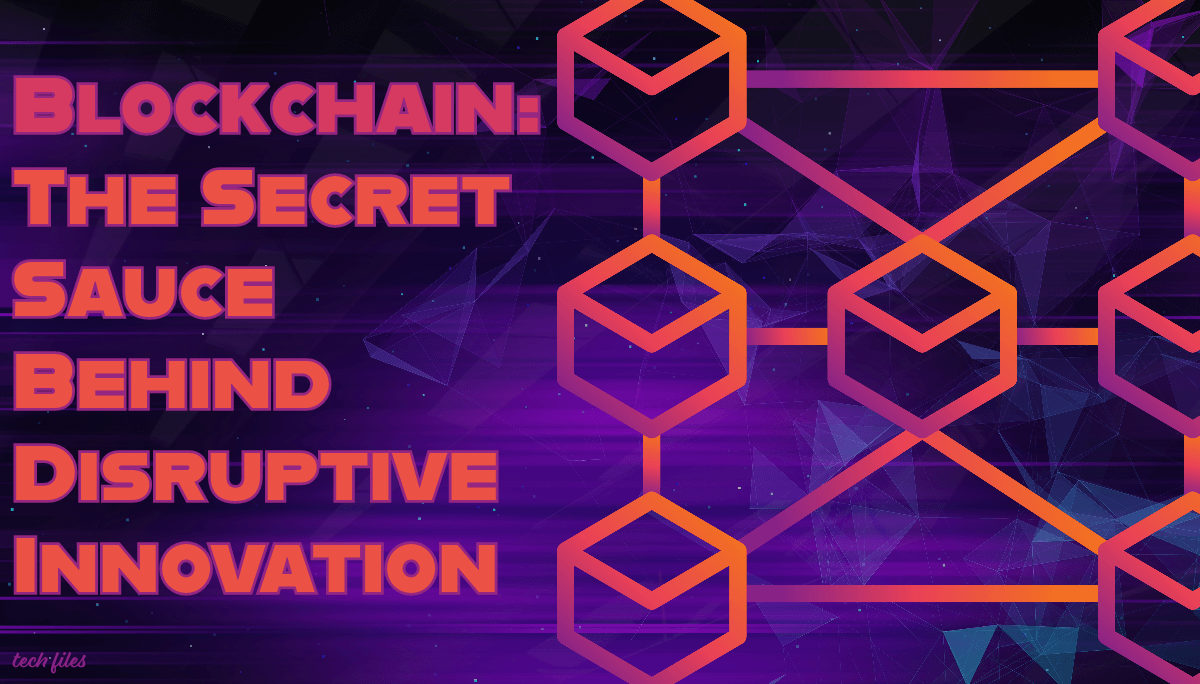
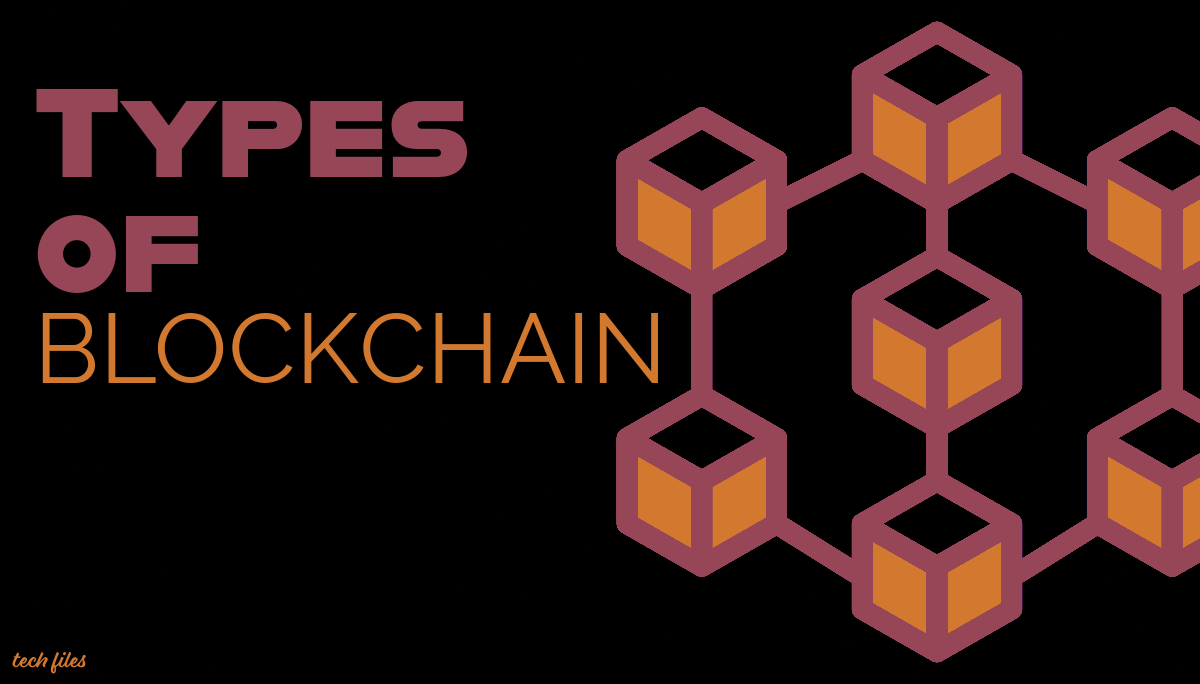

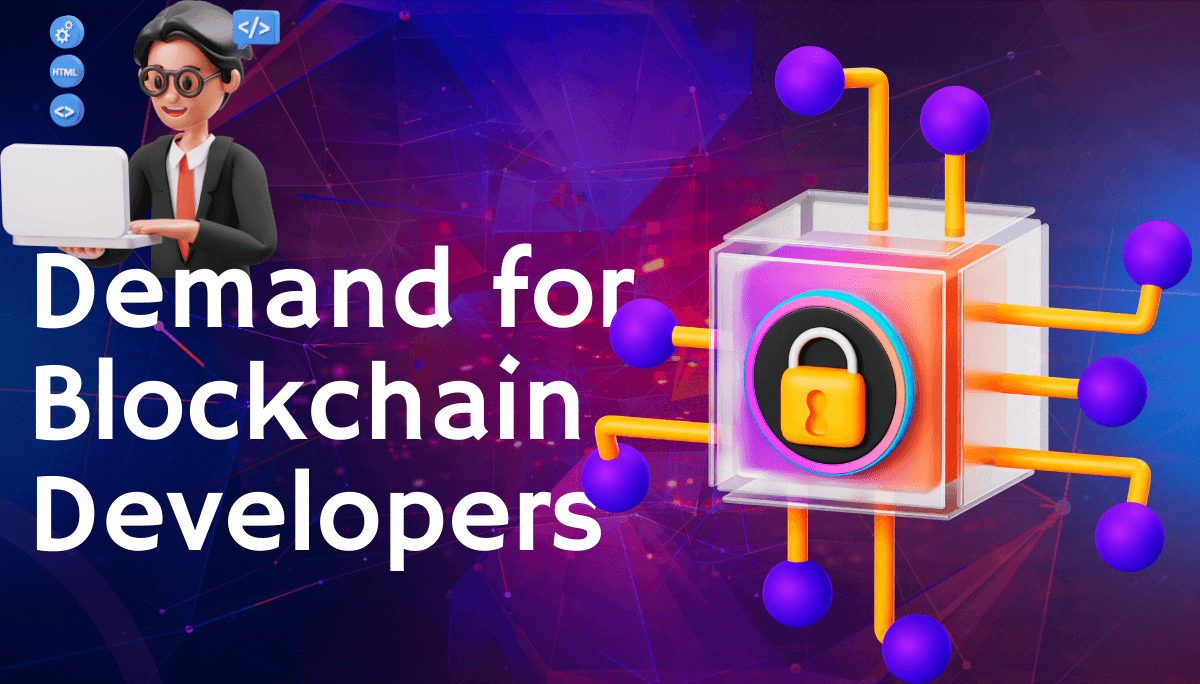
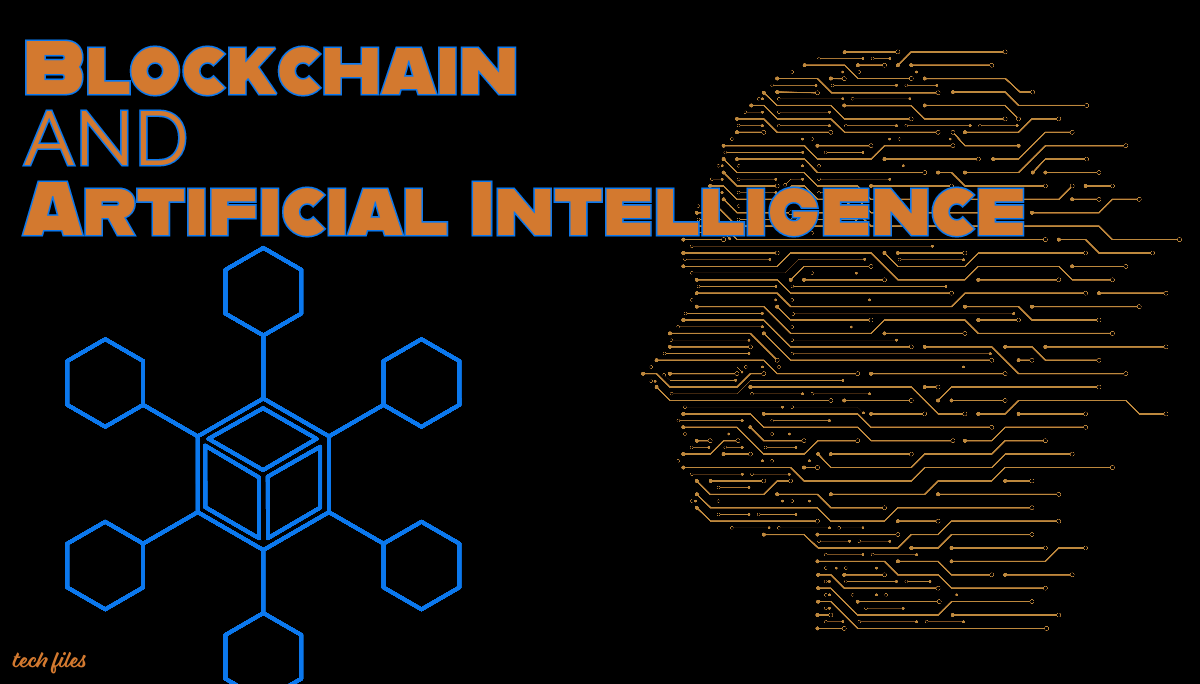







Sharing is caring!